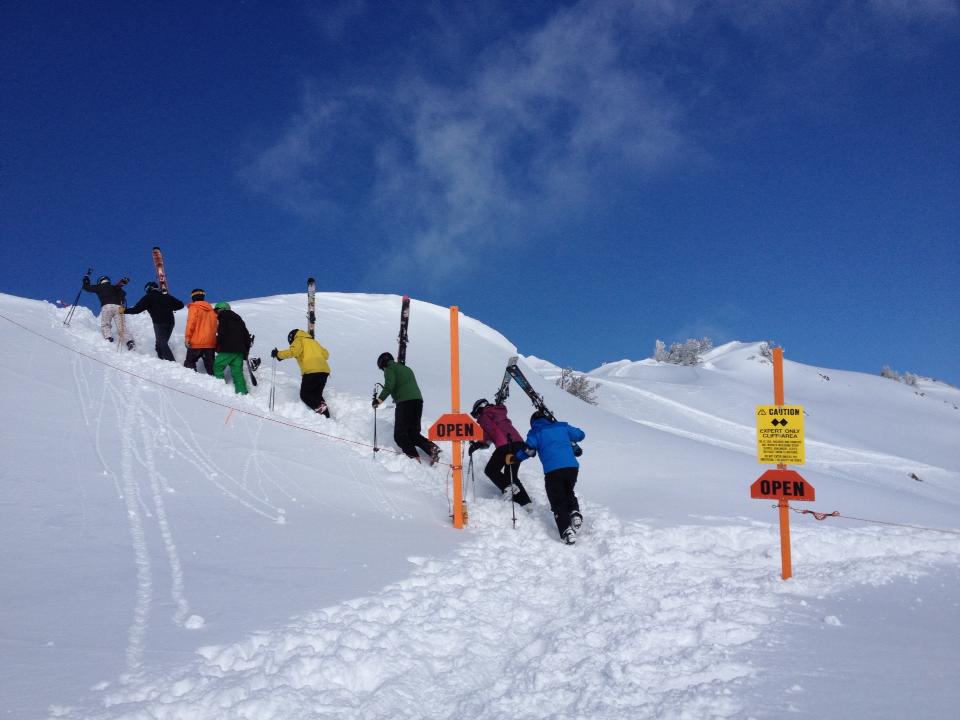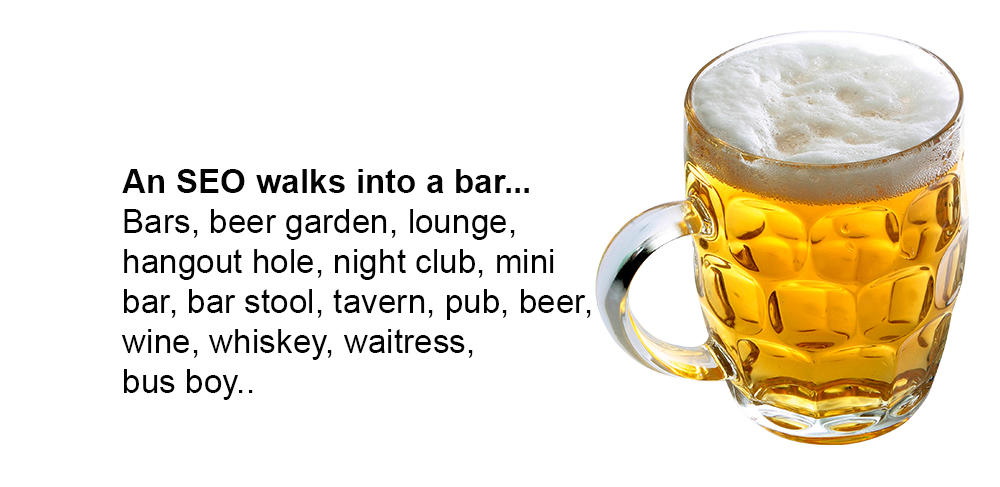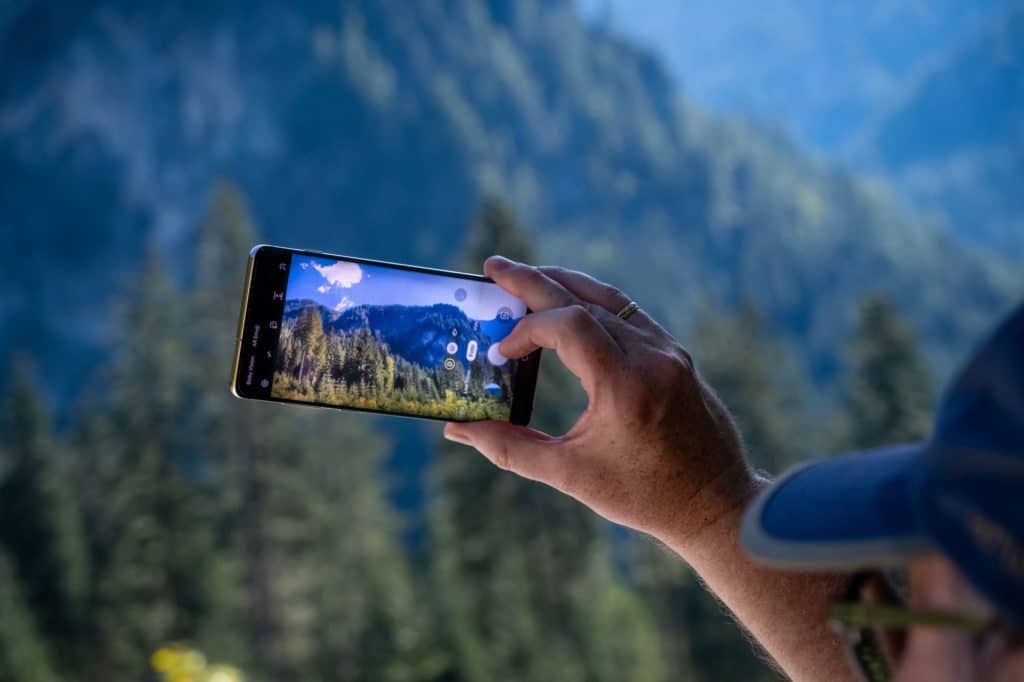A huge component of successful digital marketing is blog writing. Why write blogs? Well, relevant and effective blogs can help:
- Drive traffic to your website
- Generate good leads
- Establish you/your brand as a thought leader or industry expert
- Provide content for you to share via email and social media
- Expand your reach
- And blogs keep working for you years after they’ve been published!
Want to get started writing blogs for yourself or your business? Here are Top Rope Media’s 10 Tips to Get Started Blog Writing. Got a question that can’t wait? Drop us a line and let’s chat!
Tip #1: Identify Your Niche Before Blog Writing
The first step to writing blogs is finding your niche. Here are the most popular blog topics:
- Health & Fitness
- Travel: We store all of our Travel blogs here!
- Finance
- Fashion
- How-To Guides: Check out some of our DIY Digital Marketing guides!
There are so many types of blogs out there, each with its own flair, voice, and audience. To figure out your niche, consider your passion, and even more importantly, your audience:
- What’s easy and comfortable for you to write about?
- What topics are you an ‘expert’ in or have a good deal of knowledge?
- Who will be reading it? Sketch out a persona of your average blog reader!
- What type of tone should you use- playful, professional, thought-provoking?
Once you know what type of blog you’ll write, and for whom you’re writing, you’re ready to brainstorm topics and dive into your first blog! Want more ideas? Here are WP Beginners’ thoughts on Which Are the Most Popular Types of Blogs!

Tip #2: Research Your Blog Topic
The more informed you are on your blog topic, the more effective your blog will be. This isn’t to say you need to be the expert of all experts on your topic before you start writing. But—it is important to set aside some time to learn more about your topic before you write.
Here are a few things to get you started in researching your blog:
- Read up on your topic
- Have conversations with experts, or read what the experts are saying
- Watch YouTube videos on your area of interest
- Listen to podcasts as people discuss the niche you want to cover
- Consider pulling a few relevant, poignant quotes from credible sources to make your blog stand out!
- Create an outline and drop some notes in a Google Doc to go back to during the blog writing process
Soak up all the information you can before you begin blogging! And then once you are ready, you can begin to flesh out your first draft.
Tip #3: Write a Draft Intro for the Blog
Once you feel comfortable with your topic, next is drafting your blog intro. Use a Google Doc or Word doc for this instead of writing directly on your website. Why? Because some blog applications may not autosave, and if you make changes, you may not be able to return to previous versions.
What does your reader need to know before you explain all the details? Remember, this is the first impression your reader will get of your blog. Make sure it grabs their attention while giving them just enough information that they want to keep reading the rest. Start with a quote, a question, or a bold statement. Whatever it is, be captivating!
Check out this intro from our Backcountry Travel Adventures Blog:
“I didn’t think I would ever get caught in an avalanche. I bet the kid sitting next to me at the top of the 9990 Lift, just past the backcountry access gate outside of Canyons- Park City Resort didn’t think so either. He begins to crank down the straps on his snowboard. He’s ready to drop down hundreds of feet into fresh powder. Just before leaving the ridgeline, he turns to his buddy and says, “Hey, don’t let me die today, bro.” Read the rest of the blog here!
Often we write a brief introduction to the blog topic and then we go back and refine it once we’ve written the full blog. It can also be helpful to start with a “brain dump” of information. Like you’re telling a friend what you’re going to write about. This can help you discover how you most naturally tell your story and discern on paper between what information is necessary and what would be better left out.

Heading out the backcountry gates can be fraught with danger, so our Avalanche Safety Backcountry Travel blog goes deep into how we stay safe out there!
Tip #4: Writing the Body of the Blog + Blog Length
Now that you’re well-informed on your blog topic, and crafted an introduction, it’s time to tackle the actual blog writing! The most important part of this step is to just write!
You probably don’t know exactly how it’s going to come out, and that’s ok! You’ll get a better idea of how the rest of the blog will go once you get those first words out. Let your draft be imperfect and trust that the revision process will iron out all the wrinkles.
Blog Length
We often get asked, “How long should my blog be?” Well, we write blogs that are 1,200-2,000 words or longer. However, you can go as short as 500-800 if you’re just providing a quick update, if it’s a roll-up piece that leads to your other posts, or if there’s a video embedded in the blog and that’s the main draw.
Longer is often better when it comes to SEO, but if your blog rambles on, you need to ensure your audience is very eager to read your thoughts and opinions. And finally, Hubspot did some digging, and the 50 Most Read Blogs of 2019 were 2,100-2,400 in length!
The Body of Your Blog
The body of your blog is where all your supporting points will live. Every blog needs to have interesting evidence to back up your main point or idea.
To help with this process, break up the body of your blog into more manageable sections. Go back to your outline. Establishing organized sections in our blog will make the writing process more streamlined for you, and the reading experience more enjoyable for your followers.
Your Blog Conclusion or Final Paragraph
Lastly, it is important to wrap up your blog with a good conclusion and compelling call to action or CTA. If you successfully pull in readers to read to the end, you need to give them something to do with your idea. Key takeaways or a quick summary works well. Or you could direct them to:
- Read your next blog!
- Explore your services or offerings
- Contact you for personalized support
- Leave a comment about their experience with the blog topic
This is your opportunity to clearly invite your readers to leave a comment, ask a question, or engage with your post in some way. Every blog post should end with clear, direct CTAs that keep your reader engaged.
Tip #5: Create an SEO keyphase for your Blog
Search Engine Optimization or SEO means designing or optimizing your website to be found easily by search engines through natural, unpaid, or organic means. We’ve managed SEO for several clients, and having a good SEO strategy is key to growing your business.
Good SEO strategies will boost traffic to your website from searches across devices. Getting on that first page of Google when someone searches your keyphrase comes down to good SEO!
How to Make SEO work for you:
Pick a keyphrase that is relevant to your blog, not used on another page, and that would most likely be typed in Google search by your audience. For example, the keyphrase for this blog is “blog writing!”
Think of a list of other semantically relevant terms to your keyphrase and scatter these throughout your blog, so when someone searches your keyphrase or something similar, the chances are higher that your website will turn up. And finally, read our latest SEO blog to learn more!

Tip #6: Add Blog images, and include alt tags
Time to enhance your blog with images and alt tags. Images should be intentional and thoughtful. They should elevate the reader’s experience, clarifying your point or highlighting something important or interesting.
Alt tags are the alternative text that describes an image or visual on a webpage. These are useful for search engines, screen readers for the visually impaired, or if the image isn’t displayed properly. In addition, make sure your Alt tag contains your keyphrase!
Next, add a striking cover image. You take all these photos with your phone, now’s the time to use them! The cover image will live beside the title, helping attract readers. And it could also be used as your social share image. More on that in a bit!
Tip #7: Create Your Blog Title and/or Subtitle
Go over everything you’ve written and create a great title for your blog. Depending on the blog, you might also consider including a subtitle. Remember, include your keyphrase in the title!
Your title and social share image are the first things your readers see. Pique your readers’ curiosity and make your title attention-grabbing, descriptive, and interesting.

Generating a good title, subtitle, and great imagery can help more readers click that button to read more!
Tip #8: Dial in that Blog Writing SEO
Besides adding a keyphrase, really dialing in that SEO when blog writing will help your blog get found and read more often. We use a tool called Yoast, an SEO plugin for WordPress.
However, if your blog is built on a different platform or you do not have access to Yoast SEO, here are the other items you will need to optimize for search engines to better find your blog:
- Meta description- write a concise description of your blog, and include your keyphrase!
- Title or Title tag- work that key phrase in there
- Header tags- these break up your blog and can be different sizes based on whether they are a header to a new section or a subsection within that section. These also go by H1 tags, H2, H3, and so on. And, yes, you guessed it, include the key phrase whenever possible in the section headings.
- Include internal and outbound links- Backlink to other blogs you’ve written, link to examples, or to other industry experts!
There is a lot that goes into having a great SEO strategy, and it’s completely possible to DIY it! Get a deeper understanding of how to do this by checking out our tips to improve your SEO and generate more web leads.
Tip #9: Add categories and tags when blog writing
Categories keep your blogs organized and help your readers find information on your website. Categories will break up your blogs into clearer, more specific sections, and subcategories.
For example, if your niche is travel blogs featuring your photography, broad categories on your website may include “Travel Tips,” or “Photography Tutorials.”
Tags are another way to help readers find desired info through their search. These often appear at the bottom of your blog and you should include your keyphrase and other relevant terms that describe the blog.

Tip #10: Add blog social share images
An often overlooked step and one we eluded to earlier is adding social share images. Have you ever shared a link to a website or blog and a blank white or gray box pops up where a relevant image should be? This is often because a social share or cover image has not been selected.
Therefore, make sure to find the section in your blog application where you can include an image that will appear when someone shares your blog on Facebook, Twitter, LinkedIn, or by text message. Again, this will be key to attracting readers who might only click on your blog because of the image and/or title. So make it a good one!
Final Thoughts on Blog Writing:
Once you get the hang of it, blog writing is an awesome way to boost traffic and engagement on your website. Readers will become more familiar with you, and your business. And your ideal customers will be more likely to reach out!
Have more questions about blog writing? Contact us! We’d love to chat.
Until next time, happy blog writing, and remember to check out some of our DIY marketing blogs!
Meredith McConvill, Top Rope Media
Recent Comments